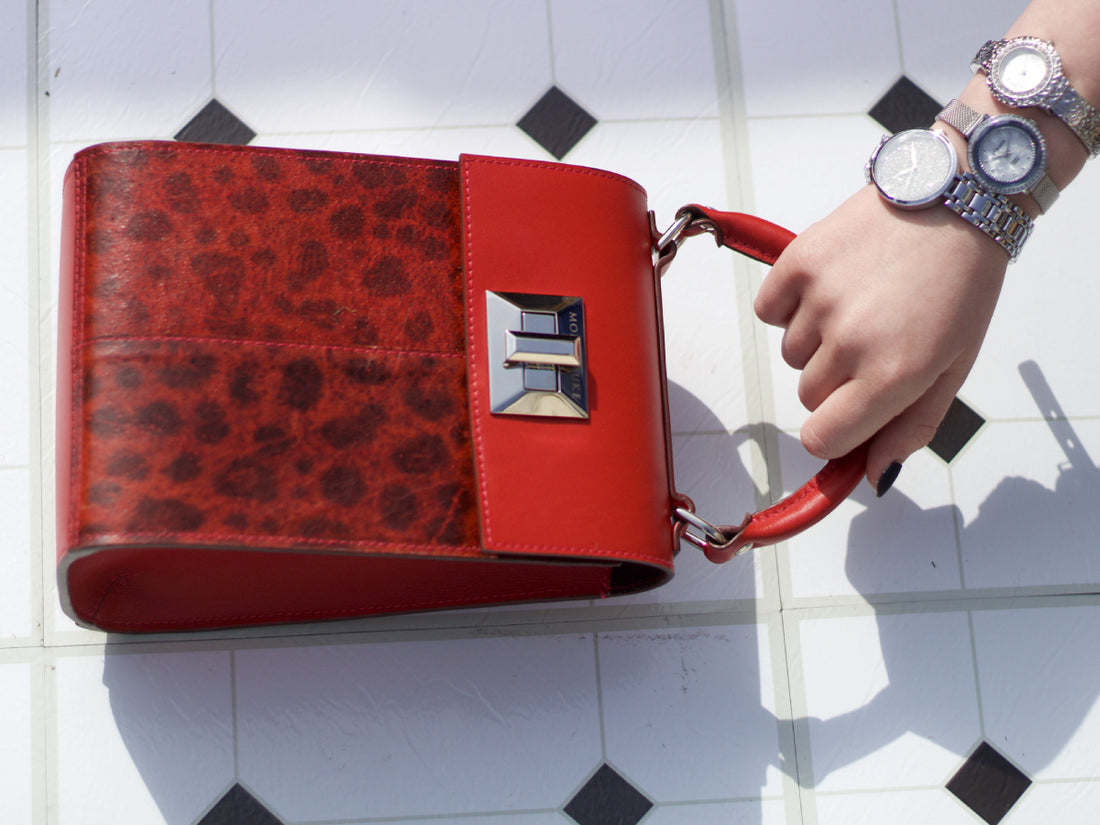
How Fashion Seasons Lead to Overproduction
Share
Photo credit; Ollie Clatworthy
It might be time to slow down on our consumption of clohing. The fashion industry is notorious for overproduction. Fast fashion retailers, in particular, grind out new styles at an unprecedented rate. In the 21st century we have crept from 4 fashion seasons a year (autumn, winter, spring and summer) to 52 micro seasons (a new collection every week). A source says that 30% of the clothes produced every season end up unsold, leading brands to find ways to dispose of this excess inventory. However, we need to look at how fashion seasons came along first. One luxury brand is rumoured to burn their stock in order to control the brand's value. How awful for the environment is that?

Photo credit; Getty Images
To look in how we got to overproduction, lets analyse how a fashion season was even conceived.
Louis XIV and his finance minister Jean Baptiste Colbert
Louis XIV of France, known as the Sun King, laid groundwork in regards to shaping fashion's modern structure. During his reign, Versailles became the epicentre of style and luxury partially due to reforms The court's elaborate and opulent fashion set trends that spread throughout Europe. Seasonal changes in attire were observed, with different fabrics and styles for summer and winter, laying the groundwork for the concept of fashion seasons.
Finance Minister of the time, Jean Baptiste Colbert played a crucial role in developing French industry and commerce during the 17th century, including the promotion of luxury goods such as textiles and fashion. Lyon, historically known for its silk industry, was a significant centre for French fashion during this period, benefiting from Colbert's policies.

Portrait of Jean-Baptiste Colbert, Phillipe de Champaigne, 1655
Colbert famously stated ‘Fashion is to France what the gold mines of Peru are to Spain’, and whilst as politically incorrect that may sound today, considering what we know about Spain’s treatment of the new world during the Renaissance., Colbert was right that France was an epicentre of fashion for years to come. The world's first fashion show was by a French man, Paul Poirot who held a party coined ‘The Thousand and Second Night’ in 1910. In the background of Paul Poiret's debut? Europe’s Belle Epoque (The Beautiful Era). However in between two world wars came massive change.
Designer Paul Poiret and Eleanor Lambert
Poiret's legacy was dimmed when he was sent to fight in World War 1 and his fashion house faced difficulty. However 20 or so years later, another World War laid the groundwork for the modern fashion industry.
The Fashion Week format was created officially by publicist Eleanor Lambert, which changed the conception of who played a significant role in World War II by promoting American fashion and textile industries, emphasising their importance to the war effort and fostering a sense of national pride through style and innovation. Fashion Week was born! Moray Luke's favourite London Fashion Week launched in 1984 and recently had its 40 year anniversary
The Future
Whilst some designers have to conform to the pressure of keeping up with seasons, designers are using deastock (materials that would end up in landfill) for their collections, creating rental services so you can hire their products and some designers being a success. At Moray Luke we are toying with making more samplesIf you have an idea for a custom bag contact us or want more historical musings visit our monthly themed history- fashion magazine.
